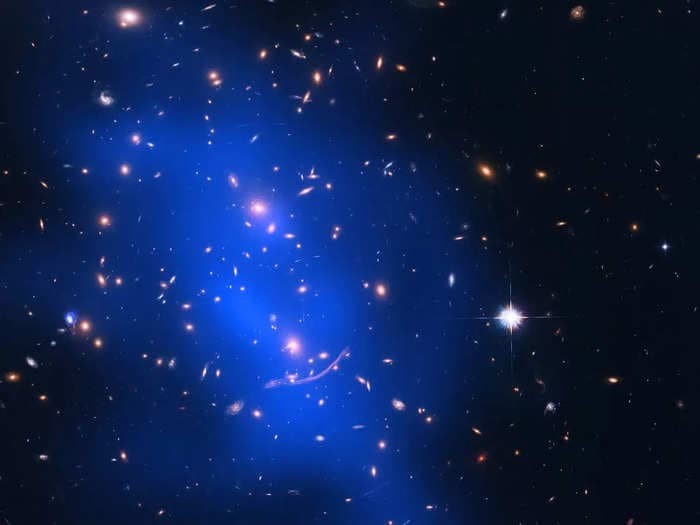Free Courses Sale ends Soon, Get It Now


Free Courses Sale ends Soon, Get It Now



Disclaimer: Copyright infringement not intended.
Context
Details
Unique Characteristics
Significance
Repercussions for Galaxy Formation
Future Research and Tools
What are Galaxies?
Galaxy Formation and Evolution:
Galaxy Components:
Observational Tools and Studies:
Conclusion
This discovery challenges previous assumptions about the exclusive formation of massive galaxies within mature galaxy clusters. It emphasizes the need for continued exploration and observation using advanced telescopes like the Euclid Space Telescope to unravel the mysteries surrounding galaxy formation and evolution in the vast cosmos.
|
PRACTICE QUESTION Q. What theoretical model proposes that galaxies form from smaller structures merging over time? A) Cold Dark Matter (CDM) Model B) Hierarchical Model C) Big Bang Theory D) Steady State Theory Answer: B) |
© 2024 iasgyan. All right reserved